V1) Non Modified All Weather https://bit.ly/3dF23GI
- Long Bonds, Intermediate Bonds, Gold, Commodities, Stocks
V2) Sam's Modified All Weather https://bit.ly/3vau8vC
- swapped SP500 for Constellation Software
- swapped commodities index for Texas Pacific Land Trust
- swapped Gold for Bitcoin!
V3) Dragon Portfolio Inspired https://bit.ly/3dL0do1
- added gold back in,
- added long vol,
- increased the stock portion and
- decreased bonds equally by 40%

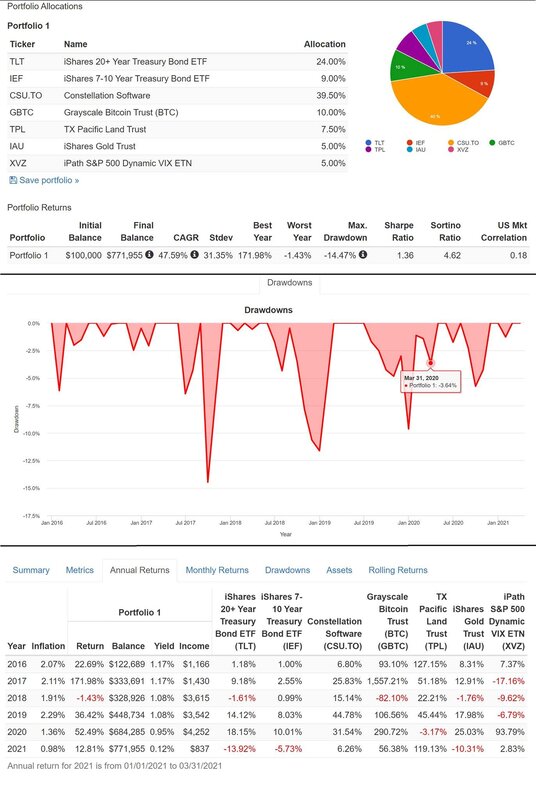
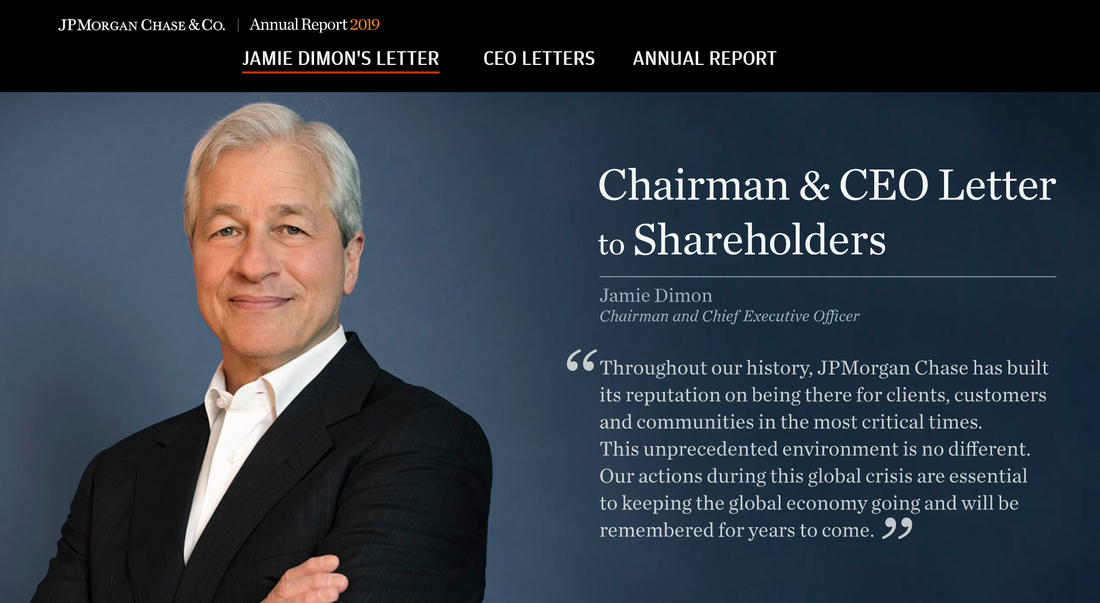
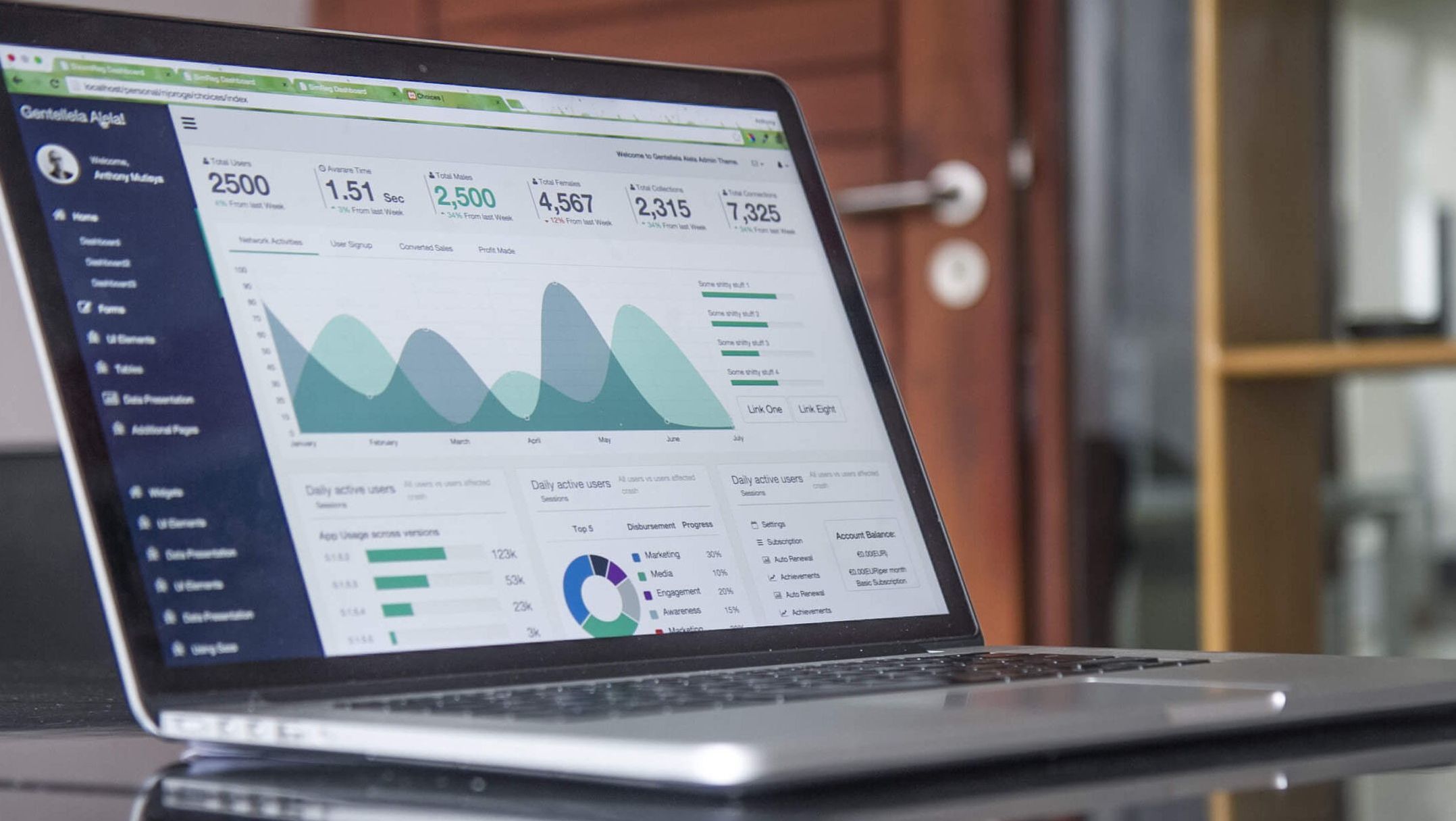
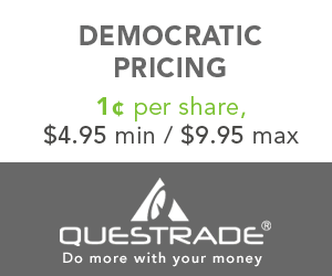
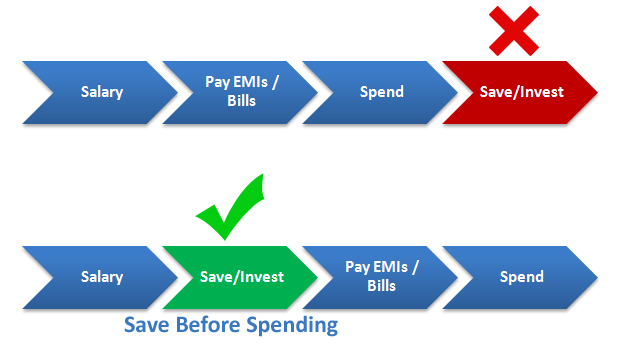

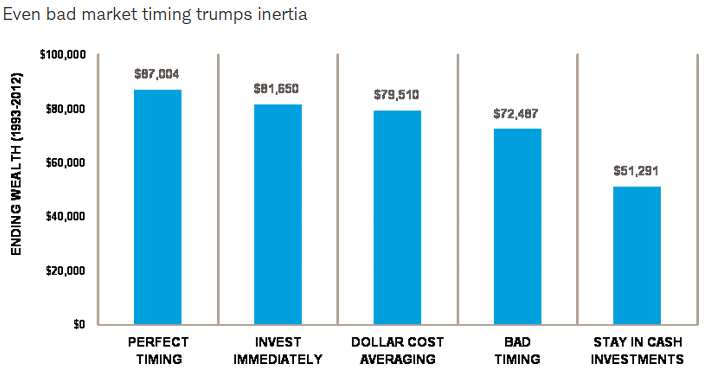
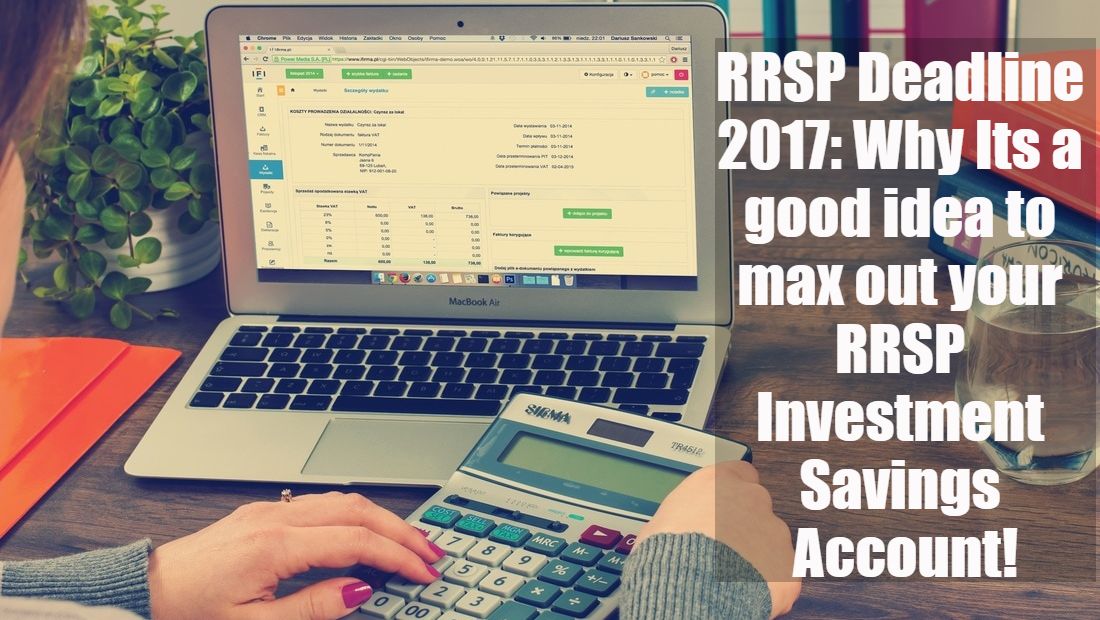
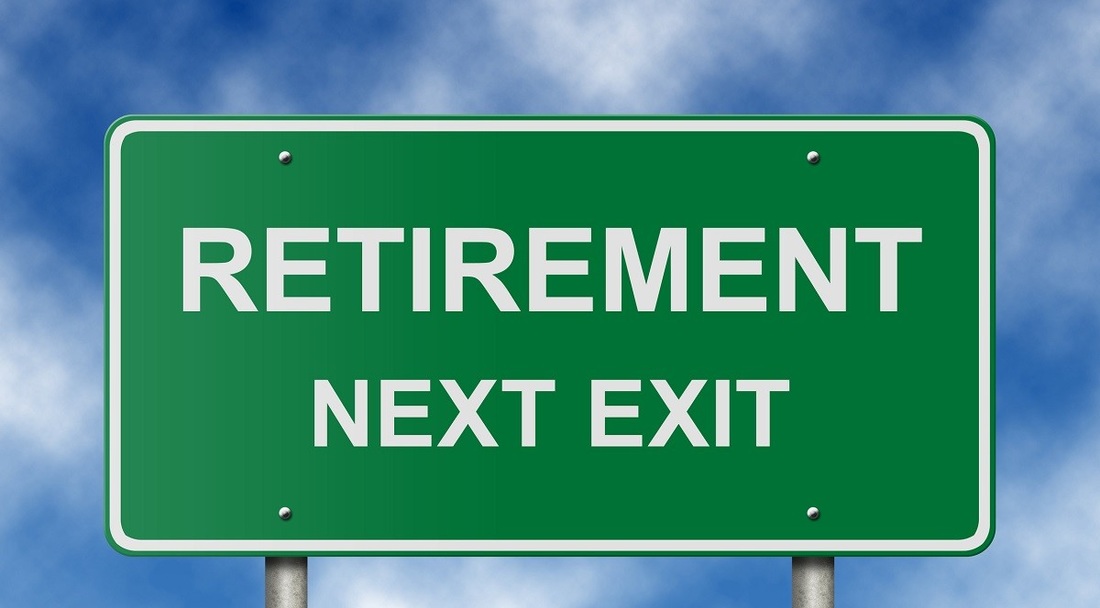

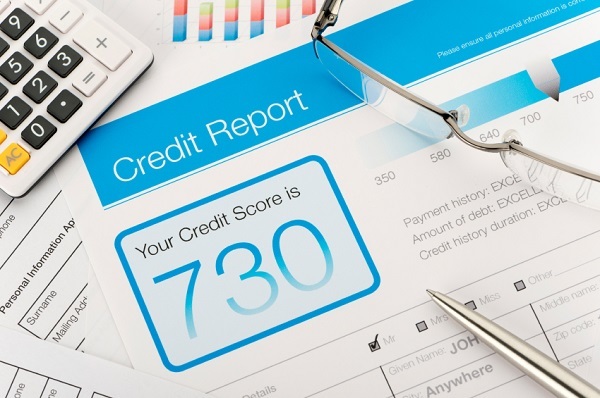






 RSS Feed
RSS Feed